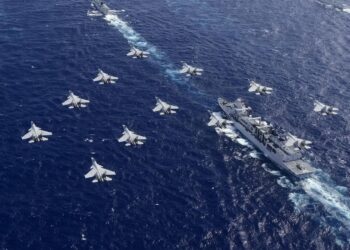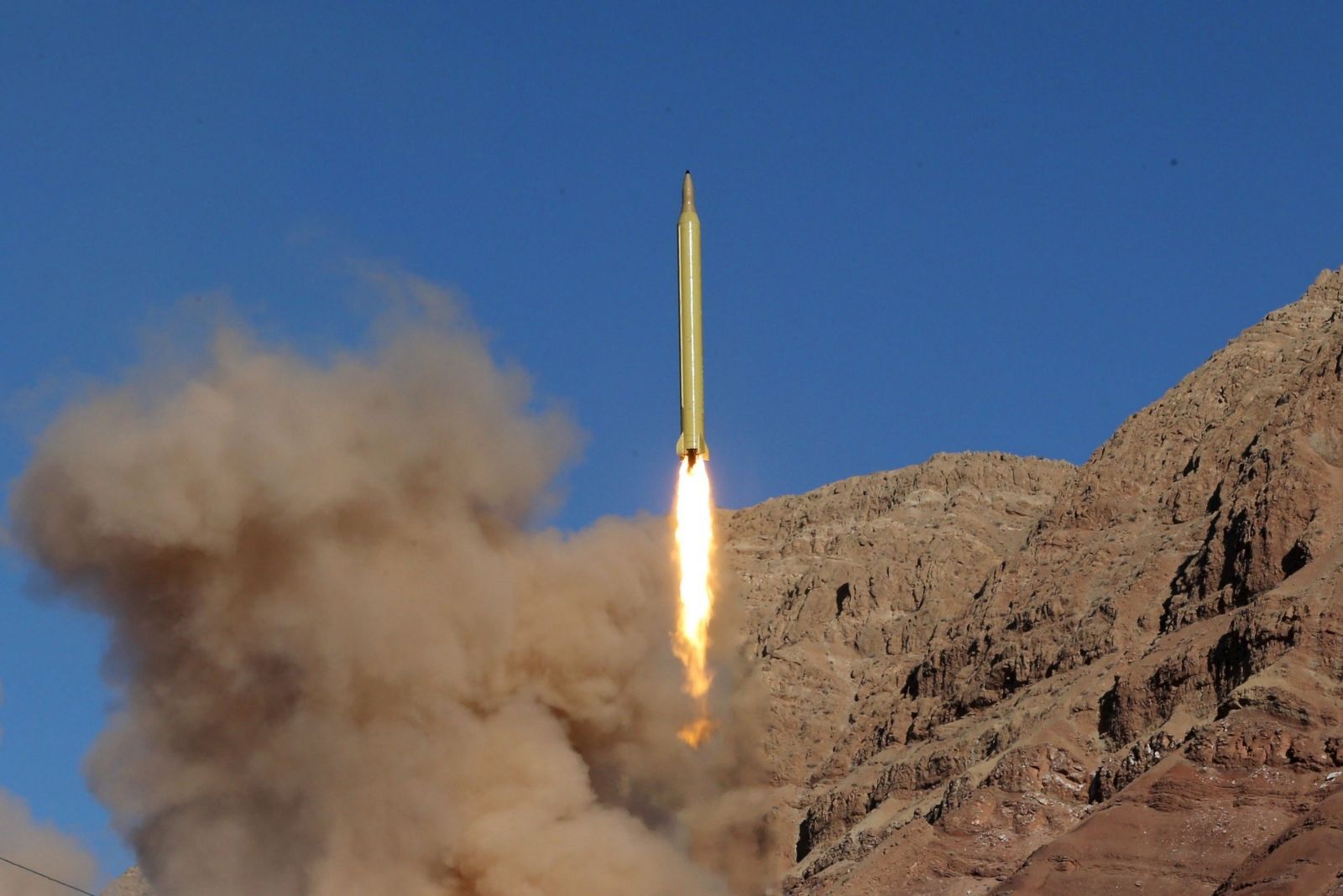US Air Force, COLLEGE PARK: The head of the Defense Department's counter-improvised explosive device effort challenged some of the best minds in industry, academia, the national laboratories and the military to come up with better ways to thwart these deadly weapons.
Retired Army Gen. Montgomery C. Meigs, director of the Joint Improvised Explosive Device Defeat Organization, opened a two-day conference here Oct. 29 designed to spark better solutions to the IED problem.
The conference is focusing on three parts of the attack plan against what's become terrorists' weapon of choice in Iraq and, increasingly, in Afghanistan: Attack the network, defeat the device and train the force.
General Meigs thanked the roughly 750 participants for technological advances they've helped develop, particularly in the intelligence and training realms. What's needed now, he said, are better technologies so troops can identify IEDs sooner, before they inflict damage.
Defense Department officials say IEDs have caused nearly half of all casualties in Iraq and nearly 30 percent of those in Afghanistan since the start of combat operations.
“I am so convinced that the way you take the initiative away from the enemy is to find the IED, locate it before the Soldier, Sailor, Airmen or Marine, or perhaps in the future, a civilian, gets within the blast range of the thing,” General Meigs said during the unclassified opening session.
“When the individual is within the blast range of an IED, we have lost all opportunity for our initiative. The initiative is in the hands of the enemy,” he said.
General Meigs acknowledged that the easy answers already have been explored. “We have all picked the low-hanging fruit in this area,” he said. “If we are going to develop that capability, it is going to require a full-court press by the scientific and technical base of our country and our allies.”
Robin L. Keesee, deputy director of the Joint IED Defeat Organization, told reporters technical conferences like this one help focus some of the best brainpower in the country and among U.S. allies on the scope and complexity of the IED challenge.
The sessions promote information sharing that generates the broadest range of plausible solutions, reduces redundancy of effort and helps weed out initiatives that already have been tried, he said.
JIEDDO's past two industry conferences yielded better-quality, more-focused technological proposals, many within the first week of the session, Mr. Keesee said.
Speed is critical in an environment where insurgents, unrestricted by any formal hierarchy, are able to quickly alter their tactics, techniques and procedures, he said. “They are watching what works and doesn't in a neighborhood and are adapting on that basis,” Keesee said. “Our Soldiers and Marines and others are adapting their tactics and techniques at that level. The challenge for us is how do we adapt the technology as well to support the Marines and Soldiers?”
Another challenge is getting an acquisition system based on annual budgets and usually focused three to five years ahead to respond to circumstances that morph within days, weeks or months.
“We need to work toward adapting our acquisition practices to the global war on terror,” Mr. Keesee said.
JIEDDO has come a long way toward that end, reducing time to get funding approval for a new idea to as little as three weeks. That's the time it takes to run the idea through a panel of scientists and engineers who verify it makes operational sense, military experts to ensure it makes tactical and operational sense, and service-level and Defense Department levels to agree it makes investment sense.
Investing in an effort that can amount of millions or even tens of millions of dollars “is really unheard of in the rest of the Department of Defense,” Mr. Keesee said. “That's usually a process that takes years.”
Mr. Keesee credited the combination of better technology; better tactics, techniques and procedures; and better troop protection with helping to reduce IED casualties.
“It all goes together to make it more difficult for insurgents, and to make our Soldiers and Marines and others more survivable (and) more surviving when attacked,” he said. He reiterated General Meigs' assertion that insurgents now have to work four to six times harder to inflict the level of damage they once did.
Retired Army Gen. John Abizaid, former commander of U.S. Central Command and the opening day keynote speaker, told conference participants he's “absolutely, 1,000 percent convinced” that cooperation between JIEDDO and industry has helped reduce the IED threat troops face on the battlefield.
General Abizaid said the threat isn't likely to go away any time soon, because the enemy views IEDs as their opportunity to gain high ground over an enemy they can't confront any other way.
“We need to continue to close this gap,” with an eye to future battlefields as well as those troops are fighting on today, he said.
Taiwan detects 37 Chinese aircraft near island
Taiwan said it detected 37 Chinese fighter jets, drones and other aircraft near the self-ruled island on Sunday as Beijing...









